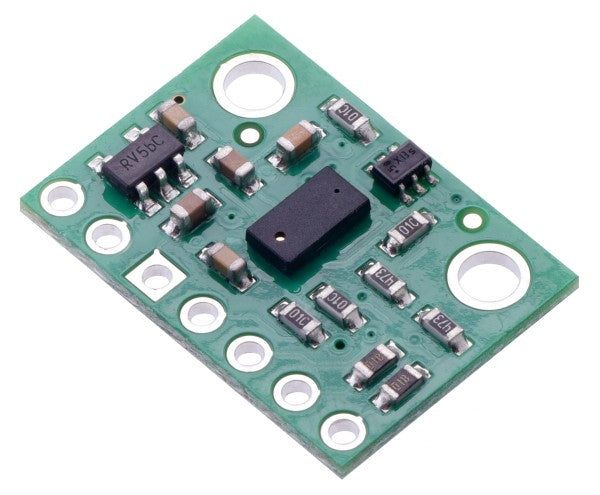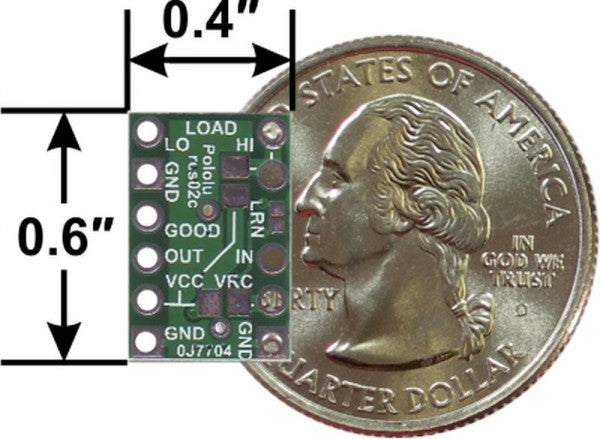Pololu?s new IR beacon (infrared beacon) is an updated version of our original IR beacon. Like the original unit, the devices are transceivers meant to be used in pairs to give robots a simple means for detecting each other. You can use the beacons to build pairs of robots that interact or chase one another, or to make a robot that can identify and return to a home base. For example, you could build a ?cat robot? and ?mouse robot? that each have an IR beacon, where the cat chases the mouse and the mouse runs away from the cat. The beacons are ideal for autonomous robot contests in which robots compete in pairs, such as MIT?s annual 6.270 autonomous robot design competition, where our original beacons were used for several years.
The new IR beacons feature round PCBs with six wide-angle emitters to provide uniform broadcasting in all directions. The operating voltage range has increased to 6 ? 16 V, and on-board voltage monitoring enables a more consistent output brightness over the voltage range. Most components are pre-assembled, so all you need to solder is the capacitor, connectors, and sensors (make sure you solder them in from the bottom of the PCB!).
Note: The Pololu IR beacon is a kit; before using it, you need to assemble the beacon by soldering its components onto its circuit board. To use the kit in robotics projects, you need to connect it to your own robot controller. Please note that the IR beacons only work in pairs and that certain kinds of artificial lighting (e.g. some fluorescent lights) can interfere with the sensors.
Device Specifications:
- PCB size: 1.35" circle
- IR modulation frequency: 56 kHz
- Output refresh rate 20 Hz
- Detection range: 6 inches to 20 feet
- Supply voltage: 6-16 V
- Data voltage: 5 V
- Number of IR detectors: 4


























